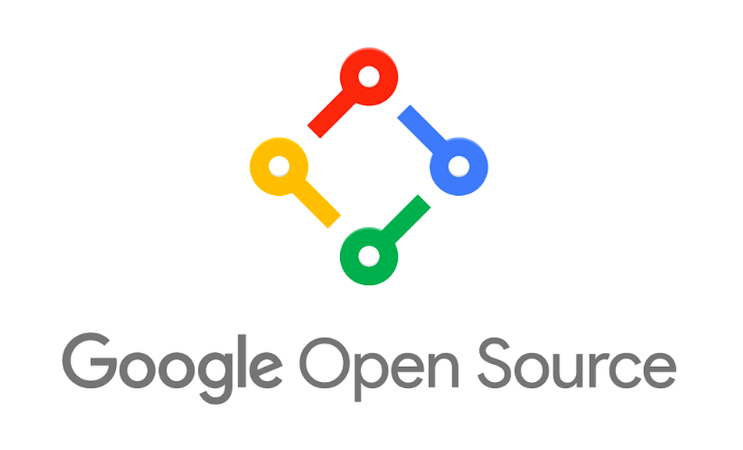Google, a tech giant renowned for its innovative solutions, has contributed significantly to the open-source community. Through various projects and initiatives, Google has fostered collaboration and innovation across the tech landscape. In this blog post, we’ll delve into 10 remarkable open-source platforms by Google that have left an indelible mark on the world of technology.
TensorFlow:
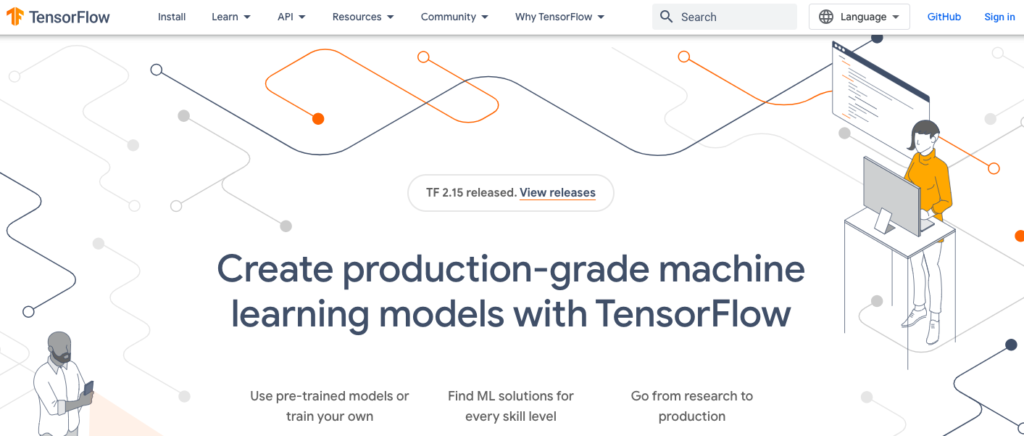
Kicking off our list is TensorFlow, an open-source machine learning framework. Widely adopted in the field of artificial intelligence, TensorFlow empowers developers to build and deploy machine learning models efficiently. Its flexibility and scalability make it a go-to choice for researchers and practitioners in the AI domain.
- Flexibility: TensorFlow offers a flexible architecture that allows developers to deploy machine learning models across a variety of platforms, including mobile devices, edge devices, and cloud servers.
- TensorBoard: The built-in visualization tool, TensorBoard, provides a comprehensive and interactive dashboard for monitoring and debugging machine learning models.
Android:
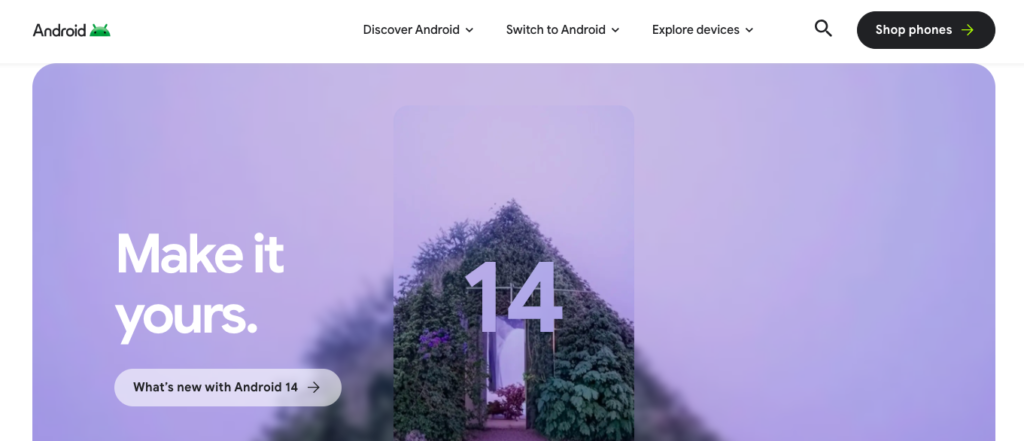
Android, the world’s most popular mobile operating system, is built on an open-source foundation. Developers around the globe leverage the Android Open Source Project (AOSP) to create diverse and innovative applications for smartphones, tablets, and other devices. This openness has played a pivotal role in the widespread adoption of the Android ecosystem.
- Open Source Ecosystem: The Android Open Source Project (AOSP) fosters a vibrant ecosystem where developers can customize the Android OS, contributing to its diversity and adaptability across different devices.
- Security Features: Android incorporates robust security features such as app sandboxing, secure boot, and regular security updates, ensuring a secure environment for users and developers.
Chromium:
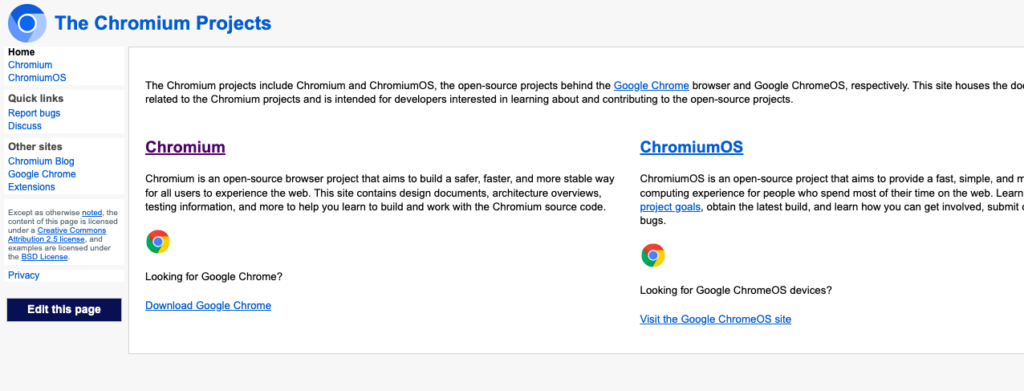
Chromium serves as the open-source foundation for the Chrome browser. Google’s commitment to transparency and collaboration is evident in this project, where developers worldwide contribute to building a faster, more secure, and feature-rich web browsing experience. Many other browsers, including Microsoft Edge, use Chromium as their base.
- Modularity: Chromium’s modular architecture allows developers to selectively use components, facilitating the creation of custom browsers and applications tailored to specific needs.
- Performance: Chromium is designed for speed and efficiency, providing a fast and responsive web browsing experience for users.
Kubernetes:
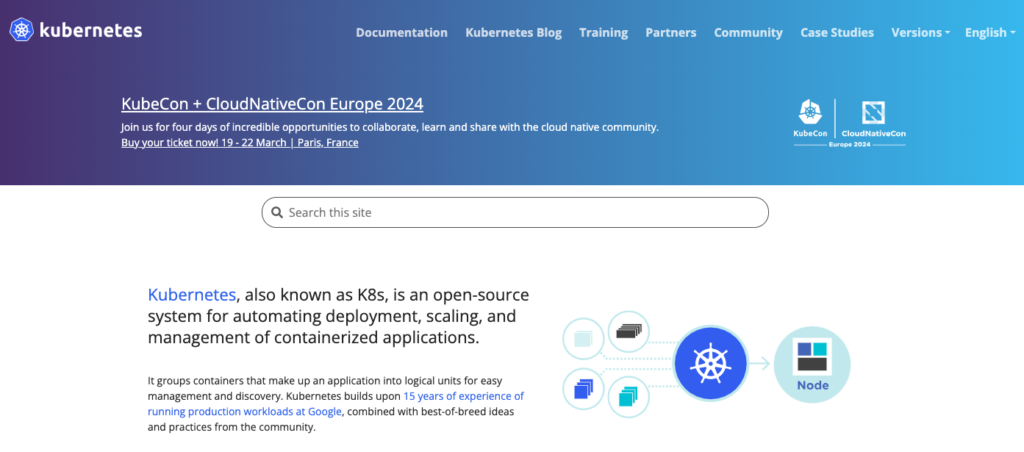
Google, in collaboration with the Cloud Native Computing Foundation (CNCF), developed Kubernetes to orchestrate containerized applications at scale. This open-source container orchestration platform has become a cornerstone for cloud-native development, providing automation, scalability, and resilience to containerized applications.
- Container Orchestration: Kubernetes automates the deployment, scaling, and management of containerized applications, streamlining the development and operation of scalable, container-based systems.
- Extensibility: Kubernetes is highly extensible, supporting the integration of custom plugins and extensions to enhance its functionality and adapt to diverse use cases.
Angular:
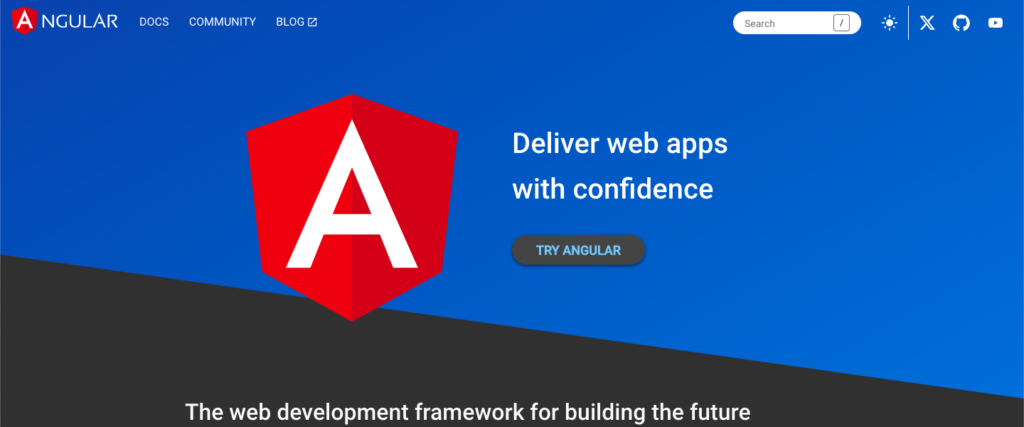
Angular, a front-end web application framework, is an open-source project maintained by Google. Developers use Angular to build dynamic, single-page web applications, streamlining the process of creating robust and responsive user interfaces. The platform’s modularity and extensive tooling contribute to its popularity.
- Two-Way Data Binding: Angular’s two-way data binding simplifies the synchronization of data between the model and the view, reducing boilerplate code and enhancing developer productivity.
- Dependency Injection: Angular’s dependency injection system promotes modular and maintainable code by allowing components to be loosely coupled and easily testable.
Material Design:

Material Design is an open-source design system by Google that promotes a unified and visually appealing user experience across platforms. Web developers and designers can leverage Material Design guidelines, components, and resources to create consistent and aesthetically pleasing interfaces for their applications.
- Consistency Across Platforms: Material Design provides a unified design language that ensures a consistent and visually appealing user experience across various platforms and devices.
- Accessibility: Material Design prioritizes accessibility, offering guidelines and components that make it easier for developers to create inclusive and user-friendly interfaces.
Bazel:
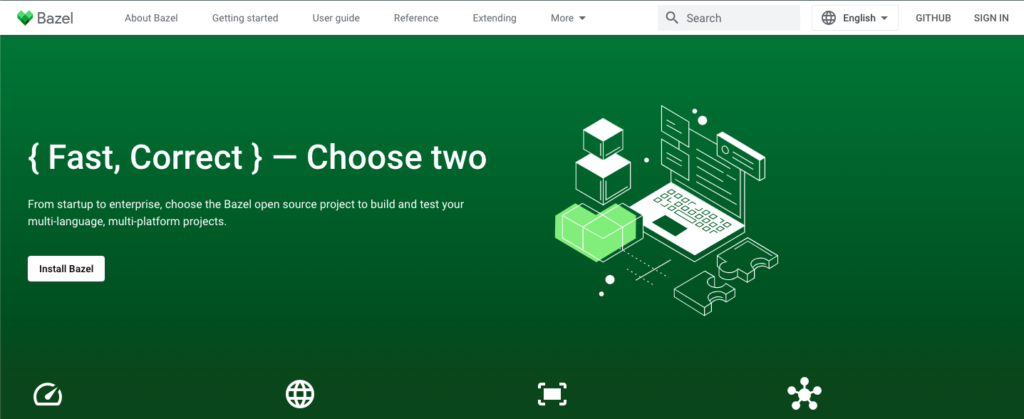
Bazel is an open-source build and test tool developed by Google. It enables developers to build and test software of any size, supporting multiple programming languages. Bazel’s focus on scalability and reproducibility makes it a valuable asset for large-scale software projects.
- Scalability: Bazel excels in handling large codebases and complex projects, making it suitable for organizations with substantial code repositories and diverse development needs.
- Reproducibility: Bazel ensures reproducible builds, enhancing collaboration and enabling consistent build outputs across different environments.
Go (Golang):

Go, often referred to as Golang, is an open-source programming language developed by Google. Known for its simplicity, efficiency, and concurrency support, Go has gained popularity among developers for building scalable and performant applications. Many Google projects, including Kubernetes, are implemented in Go.
- Concurrent Programming: Go’s built-in concurrency features, such as goroutines and channels, simplify concurrent programming, making it easier for developers to write efficient and scalable concurrent applications.
- Fast Compilation: Go’s compilation speed is remarkable, allowing developers to iterate quickly during the development process, leading to a more productive coding experience.
Guava:

Guava is a set of open-source libraries for Java, developed by Google. These libraries provide foundational support for various common programming tasks, offering utilities and extensions to enhance Java developers’ productivity. Guava includes collections, caching, and concurrency libraries, among others.
- Collections Framework: Guava’s rich set of collection utilities and enhancements simplifies common programming tasks related to collections, providing developers with powerful tools for working with data structures.
- Concurrency Support: Guava includes concurrency-related libraries that offer abstractions and utilities for managing concurrent programming challenges, making it easier to write thread-safe code.
OpenTitan:
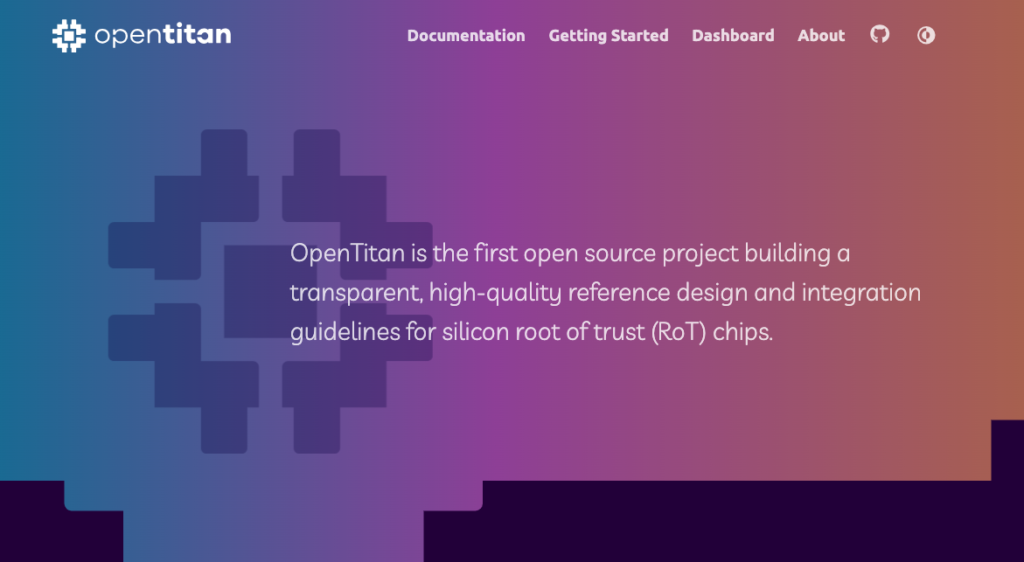
OpenTitan is an open-source project focusing on building transparent, high-quality, and secure silicon root of trust. Google, in collaboration with partners, aims to provide a foundation for building secure hardware components, promoting transparency and accountability in the design and manufacturing of hardware.
- Transparency: OpenTitan emphasizes transparency in hardware design by providing an open-source reference design for silicon root of trust, allowing stakeholders to inspect and validate the security features.
- Security Assurance: OpenTitan is designed with security as a top priority, implementing features like a hardware-based random number generator and a secure boot process to enhance the overall security of silicon chips.
Google’s commitment to open source has led to the creation of diverse and impactful projects that span across machine learning, web development, cloud computing, and more. The 10 platforms highlighted in this blog represent just a fraction of Google’s contributions to the open-source community, showcasing the company’s dedication to fostering innovation, collaboration, and transparency in the ever-evolving world of technology.


